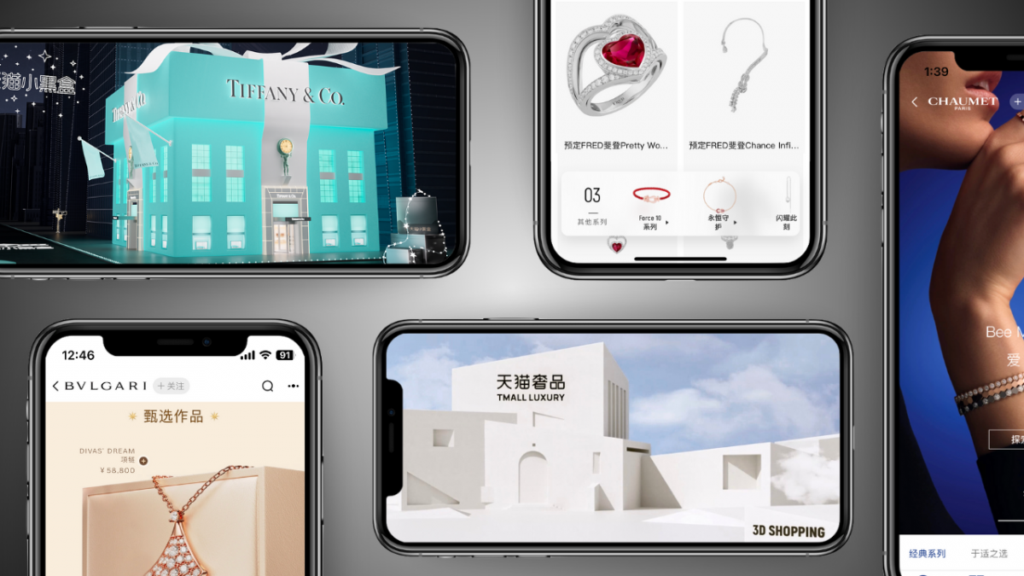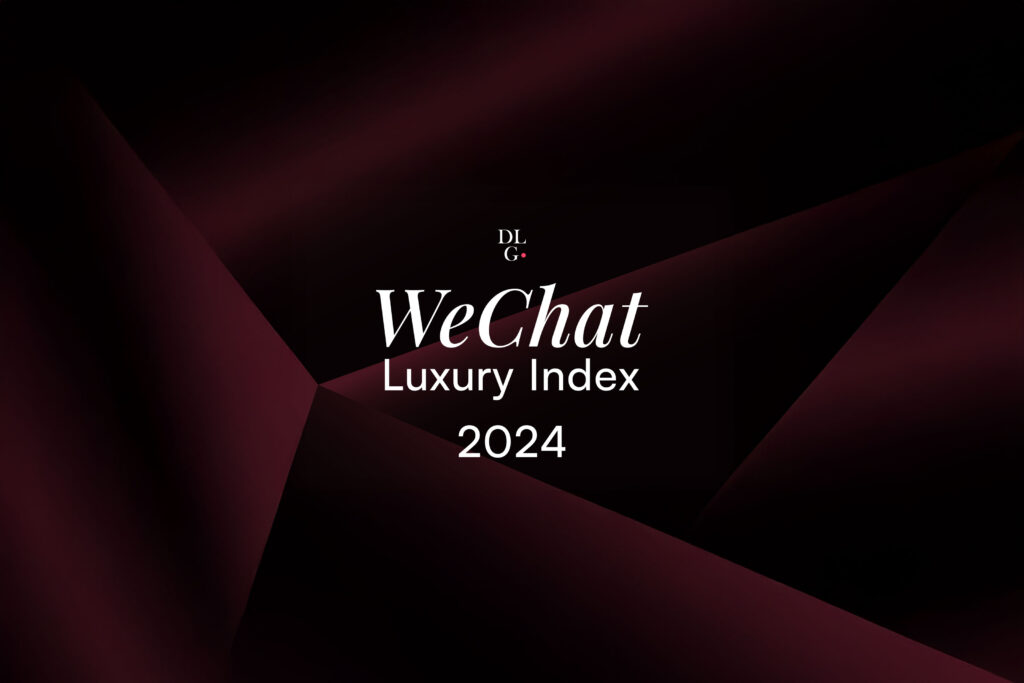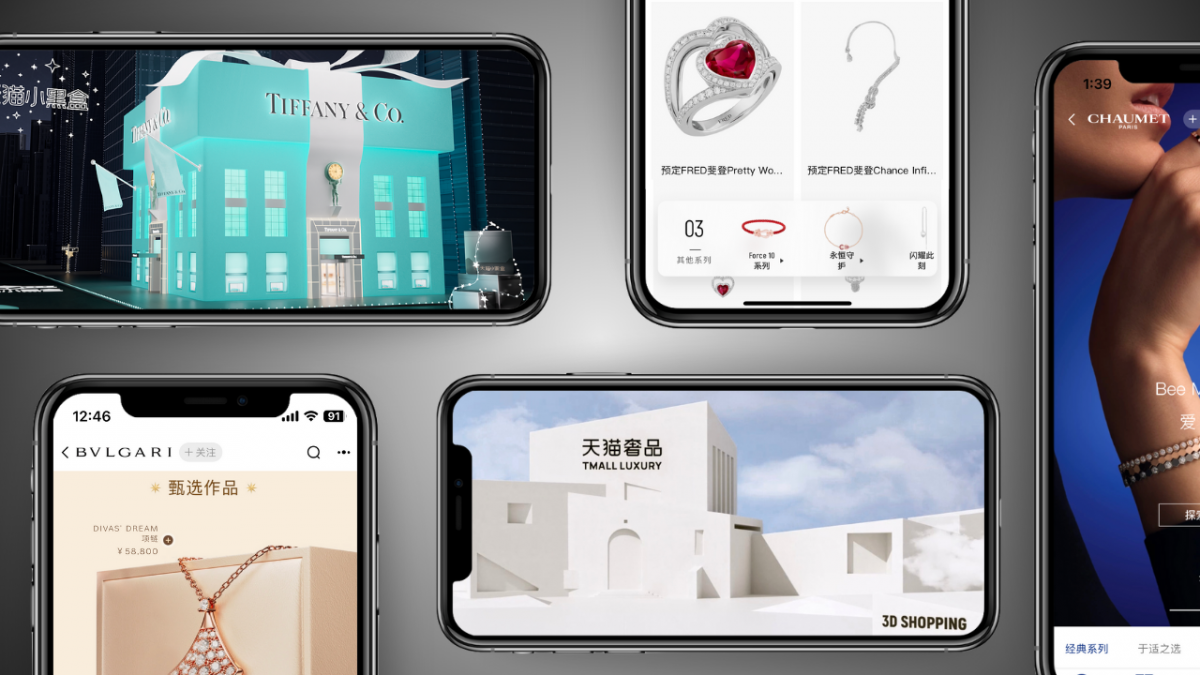Over US $33 billion was spent on social media advertising in 2016, and it’s set to get even bigger. DLG’s Social Media Manager Frederic Huber shares three ways the luxury industry can use targeting options to create effective social advertising.

Similarly, if a company has a mobile app, creating custom audiences based on App Activity allows to target and reach people based on specific actions taken within their app, such as people visiting specific sections, adding items to their cart, purchasing products, or rating the app.
Social media engagement can also be used to create custom audiences. Engagement custom audiences allow brands to target people who have interacted in any way with your social media content. For instance people who liked your post or watched a specific percentage of one, or a combination, of your videos.
Custom audiences can also be created using customer files. Using this option, brands import a CRM database, and Facebook will automatically see if the people on the list are using Facebook. If they are, Facebook will see the match and add them to the custom audience. This is a true differentiator, as brands can use existing customers (or prospects) and target them specifically on social media.
It is easy to understand why campaigns using custom audiences are so successful. Brands are able to target people who already know them and their products, who are already actively engaging with them on social media or on their website, or are even customers already. As a results of this, they are much more likely to like and trust their business, and have a higher potential to generate revenues.
3. Go beyond & expand your reach
So far, we’ve seen that social media platforms offer various features allowing luxury brands to effectively target their clients, as well as reach current and future high-quality prospects. However, most of these features are helping brands target people who have already engaged with them in some way.
How can a luxury brand expand its social advertising reach to include prospects outside of its traditional or current audience? With Facebook, Social Media Marketers are able to do just that, using Lookalike Audiences.
Facebook defines Lookalike Audiences as “a way to reach new people who are likely to be interested in your business because they’re similar to people who already are”. Put simply, brands simply need to choose a data source from existing audiences they created and Facebook will find people who “look like” them in the country/countries chosen.
The data source for lookalike audiences can be based on any of the custom audiences (website visitors, customer database, engagements, etc.), or even fans of your page. In short, Facebook takes these audiences and finds a way to “clone” them, allowing brands to reach new segments of people with the same characteristics as their existing audiences.
This not only increases the probability that they become clients themselves, but thanks to this highly qualitative approach it usually delivers the best results.
Facebook also recently launched a new ad format for mobile devices called Collections. It combines a video, slideshow or image displayed above a collection of related product images. Clicking on any of the images will open a immersive user experience, highlighting up to 50 products in a full-screen experience within Facebook. When clicking on a product, people are then redirected to the website or app where they can buy the product.
Options like Collections are still in their infancy, but they already give a good overview of where Facebook is planning to go in relation to e-commerce.

Next Step? Test and Learn
Social Media platforms represent one of the surest ways to to reach anyone, anywhere, anytime. With investments rising exponentially every year, it’s more critical than ever that brands effectively take advantage of the extremely powerful features these platforms offer.
With the ability to track actions taken by the users, and see concrete ROI, social media gives brands a unique opportunity to gain in-depth knowledge about their current and potential audiences, based on their interests, behaviours, and actions.
With so many options at their disposal, we recommend to our clients that they invest in a test & learn model: analysing and optimizing along the way. In doing that, luxury brands will be able to gather precious insights into their consumers and how they respond to their content, allowing them to use these learnings to further feed and nurture their global marketing strategy.










